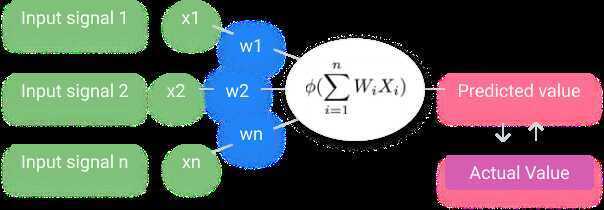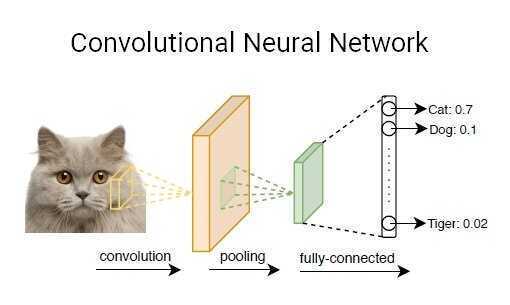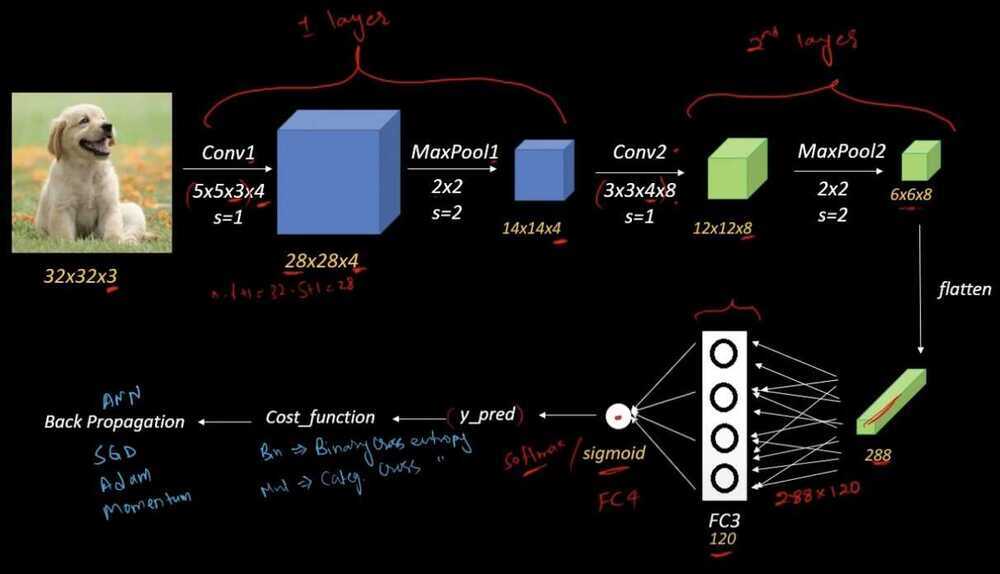Convolutional Neural Network (CNN)
Neural Networks
Among deep neural networks (DNN), the convolutional neural network (CNN) has demonstrated excellent results in computer vision tasks, especially in image classification. Convolutional Neural Networks (CNNs) are a special type of multi-layer neural network inspired by the mechanism of human optical and neural systems.
In 2012, a large deep convolutional neural network called AlexNet showed excellent performance on the ImageNet Large Scale Visual Recognition Challenge (ILSVRC). This marked the start of the broad use and development of convolutional neural network models (CNN) such as VGGNet, GoogleNet, ResNet, DenseNet, and many more.
Convolutional Neural Network (CNN)
A CNN is a framework developed using machine learning concepts. CNNs can learn and train from data on their own without the need for human intervention.
There is only some pre-processing needed when using CNNs. They develop and adapt their image filters, which have to be carefully coded for most algorithms and models. CNN frameworks have a set of layers that perform particular functions to enable CNN to perform these functions.
CNN Architecture
The basic unit of a CNN framework is a neuron. The concept of neurons is based on human neurons, where synapses occur due to neuron activation. These are statistical functions that calculate the weighted average of inputs and apply an activation function to the result generated. Layers are a cluster of neurons, with each layer having a particular function.

CNN Layers
A CNN system may have somewhere between 3 to 150 or even more layers: The "deep" of Deep neural networks refers to the number of layers. One layer’s output acts as another layer’s input. Deep multi-layer neural networks include Resnet50 (50 layers) or ResNet101 (101 layers).


CNN layers can be of four main types: Convolution Layer, ReLu Layer, Pooling Layer, and Fully-Connected Layer.
- Convolution Layer: A convolution is the simple application of a filter to an input that results in an activation. The convolution layer has a set of trainable filters that have a small receptive range but can be used to the full depth of data provided. Convolution layers are the major building blocks used in convolutional neural networks.
- ReLu Layer: ReLu layers, or Rectified linear unit layers, are activation functions for lowering overfitting and building CNN accuracy and effectiveness. Models that have these layers are easier to train and produce more accurate results.
- Pooling Layer: This layer collects the result of all neurons in the layer preceding it and processes this data. The primary task of a pooling layer is to lower the number of considered factors and give streamlined output.
- Fully-Connected Layer: This layer is the final output layer for CNN models that flattens the input data received from layers before it and gives the result.
Convolutional Neural Network - YouTube
- Artificial Neural Network (ANN) vs CNN
- Convolution Operation
- Vertical edge features
- Horizontal edge features
- Padding
- Valid Convolution
- Same Convolution
- Stride
- Max Pooling
- Reduce image size, thus reduce computational cost
- Enhances features of the image
- Flatten array input to Fully connected layers
- Fully connected layers are dense networks of neurons
- Applied after convolutional and max pooling layers
- Classifies the output
- Associate features to a particular label
- CNN Architecture
- Backpropagation